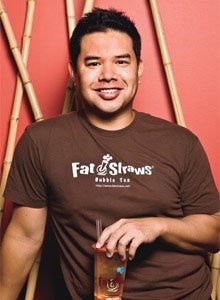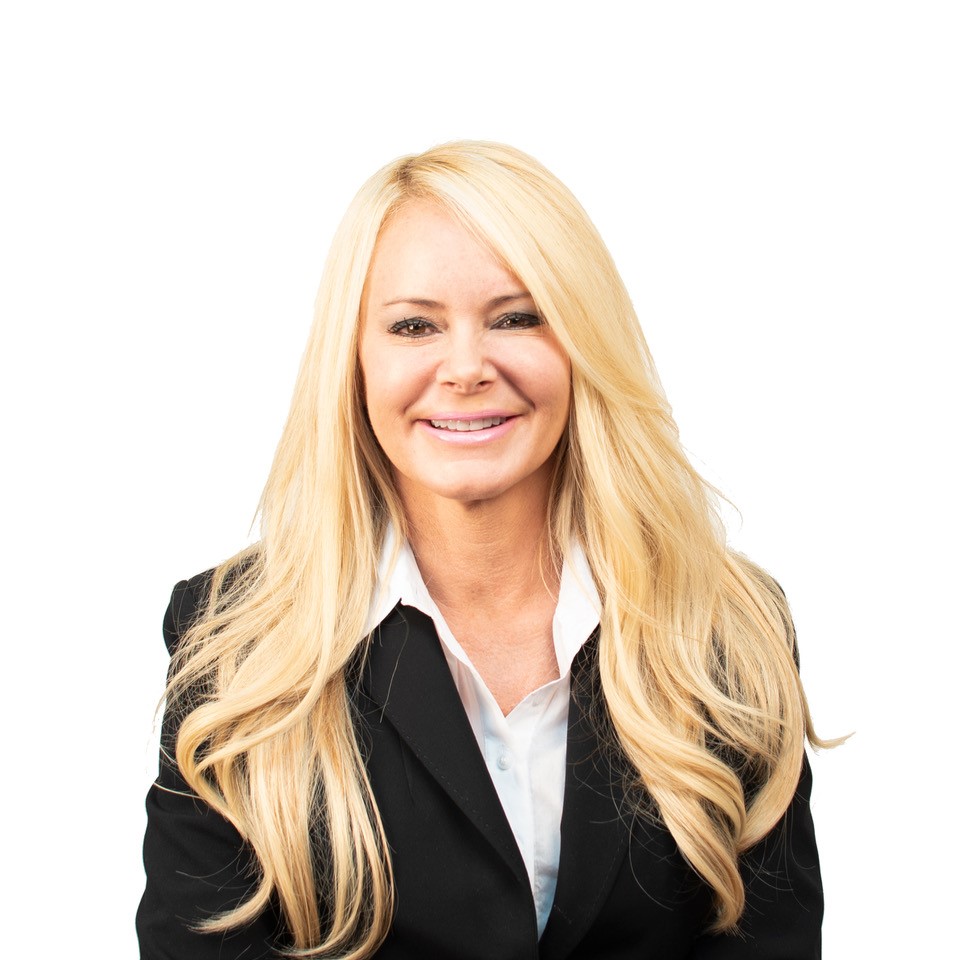Terry Pham, similar to many fast casual restaurant owners in recent years, was intrigued by the power of digital menu boards. But, would the switch from static to digital pay off?
 Fat Straws Bubble Tea Co. went with digital menu boards for its four locations in the Dallas area that are seeing multiple benefits. Photo provided.
Fat Straws Bubble Tea Co. went with digital menu boards for its four locations in the Dallas area that are seeing multiple benefits. Photo provided.
Terry Pham, similar to many fast casual restaurant owners in recent years, was intrigued by the power of digital menu boards.
Pham, who owns Fat Straws Bubble Tea Co., was thinking about making the leap to digital, but had many factors to consider. The boards needed to be updated easily, immediately and remotely to facilitate new campaigns, feature new flavors or announce special offers. To hit all of those marks, Pham wanted a versatile, adaptive media player for in-house control of the menu boards.
While there are a lot of media players on the market, Pham chose Videotel Digital’s VP90 lineup.
 |
| Terry Pham, provided |
«They are reliable and it’s been a game changer for us,» Pham said in an email interview with Digital Signage Today. «We now run far more seasonal product launches or short-term promotions that we couldn’t have previously. This flexibility has not only helped us drive revenue, but it has also eliminated administrative time and the cost of manually updating physical menus at all of our locations.»
Videotel Digital, producer of touchless peripherals and 4K digital signage media players, has been serving the digital signage industry for more than 40 years. The San Diego-based company also produces DVD players and hyper sound directional speakers.
Fat Straws Bubble Tea Co., celebrating its 20th year in 2022, was founded by Pham and his wife, Jennifer. The fast casual concept has sprouted in recent years, adding four locations in the Greater Dallas area. The brand sells «uniquely blended Boba and bubble tea drinks,» along with milk teas, brewed vegan teas, fruit teas and flavored coffees. Fat Straws also sells an assortment of fruit jellies.
Digital offers flexibility
For the Phams, switching to digital menu boards was a solid alternative to static boards because they offered flexibility and the option to change messages quickly. That’s important in a fast-paced restaurant environment.
«(They) can provide the ability to make immediate menu changes — whether to add a new featured item or switch between breakfast, lunch and dinner offerings,» Lisa Schneider, EVP of marketing and sales, Videotel Digital, said in an email to Digital Signage Today.
The brand’s customers are discovering the menu boards are helpful and they can make purchasing decisions faster.
«It is very helpful to our customers to look to a specific portion of the screen to keep up with new product we are constantly rotating into our menu and we use this feature to highlight daily specials too,» Pham said.
«They wanted to make the menu boards easy to read so customers in line can order quickly, but at the same time they wanted the boards to be appetizingly attractive, with a clean, but eye-catching design that features fun and colorful images to reinforce the upbeat in-store vibe that appeals to their customers,» Schneider said.
 |
| Lisa Schneider, provided |
The VP90 media player includes cloud digital signage software and doesn’t include subscription fees, licensing, renewal or upgrade costs. Pham said that was a key reason why he went with Videotel Digital.
«The best (aspect) really is that we do not have to pay for the software,» Pham said. «The players come with an extensive list of software components that allow us to choose which make the most sense to communicate with our customers.»
Works across all locations
Balancing operations at multiple stores, Pham wanted a media player that could change menu items quickly and present them clearly to customers. Videotel Digital’s system allows users to divide the display into segments, highlighting seasonal products.
Pham can remotely program content into his menu boards. With operating four stores in a large metro area, remote programming helps keep all Fat Straws locations on the same page.
Schneider believes media players and digital boards are ideal for fast casuals because they’re fairly easy to set up, allow pre-programmed content and the ability to switch menu items on the fly, especially handy when food inventory is low.
«All of this was important to Fat Straws, particularly since their store locations are constantly busy, leaving little time for staff to learn a complicated new technology,» Schneider said.
Videotel Digital also helped with the training process, working with Fat Straws to design menu boards, provide templates and instructional videos to handle maintenance and updating, according to Schneider.
Why make the switch to digital?
In the past couple of years, Schneider has seen many fast casual and quick-serve restaurant brands move to digital menu boards. While traditional static signs are limited, digital boards can utilize graphics to present brand messaging, they’re often consistent with the store’s design, and they can help shape in-store experiences for customers, said Schneider.
Schneider said there are specific elements menu boards should have to be successful.
«We recommend dedicating an appropriate amount of space to feature high-margin items, products that historically sell well, and at a variety of price points that appeal to the broadest spectrum of customers,» she said.
Tracking restaurant analytics is also vital, Schneider said. Statistics can chart which menu items keep customers coming back, how well loyalty programs work, and can display the products best for upselling, which can raise the average order cost while increasing customer engagement.
«Digital menu boards are an important element in creating a successful in-store experience that ensures customers will come back for more,» Schneider said.
Videotel Digital plans to release two media players later in 2022, along with upgrades and changes to its cloud-based software.

